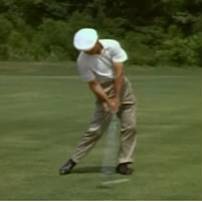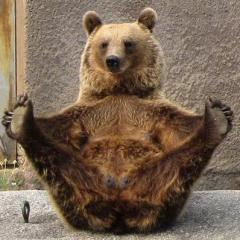IGNORED
Putting. Back Short, Accelerate, Follow Through. Worst Advice Ever? Read This.
Note: This thread is 4109 days old. We appreciate that you found this thread instead of starting a new one, but if you plan to post here please make sure it's still relevant. If not, please start a new topic. Thank you!
-
Topics Being Discussed Right Now on The Sand Trap
-
"5 Minutes Daily" Practice Challenge 1 2 3 4 1011
By iacas, in Instruction and Playing Tips
- 5 minutes daily
- dedication
- (and 6 more)
- 18,186 replies
- 1,832,873 views
-
- 71 replies
- 6,323 views
-
- 6 replies
- 678 views
-
- 10,926 replies
- 976,029 views
-
- 1 reply
- 165 views
-









Recommended Posts